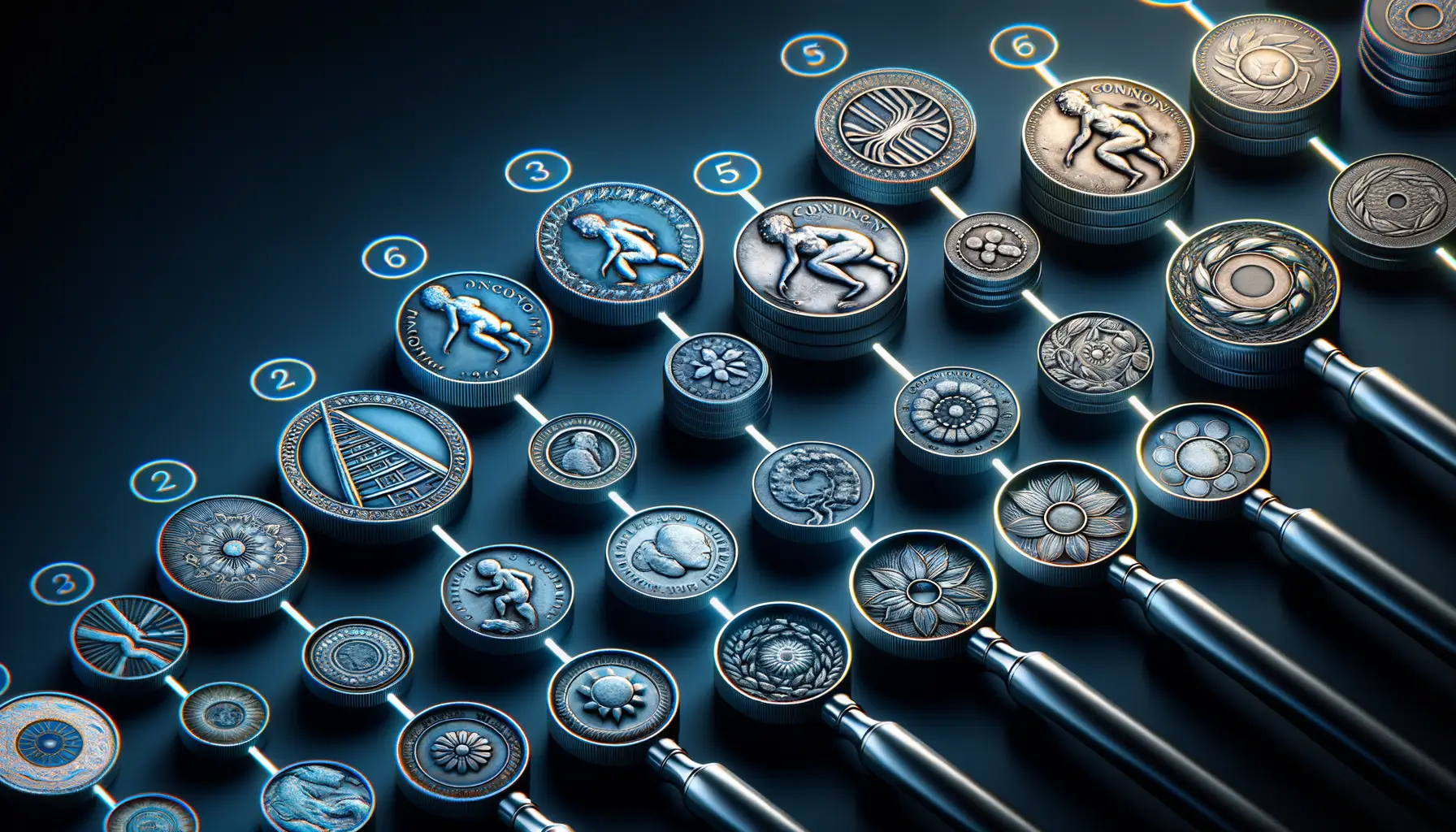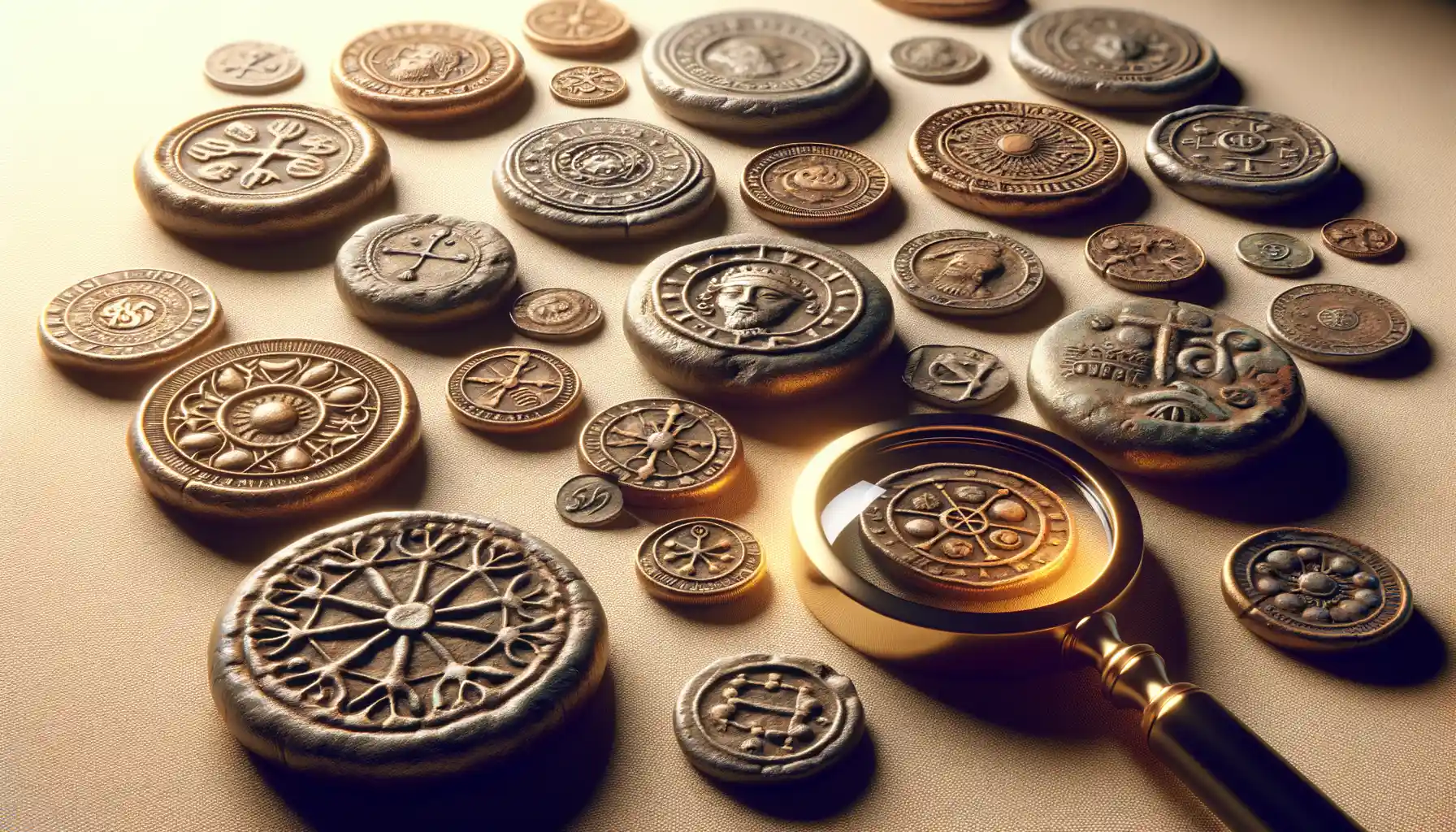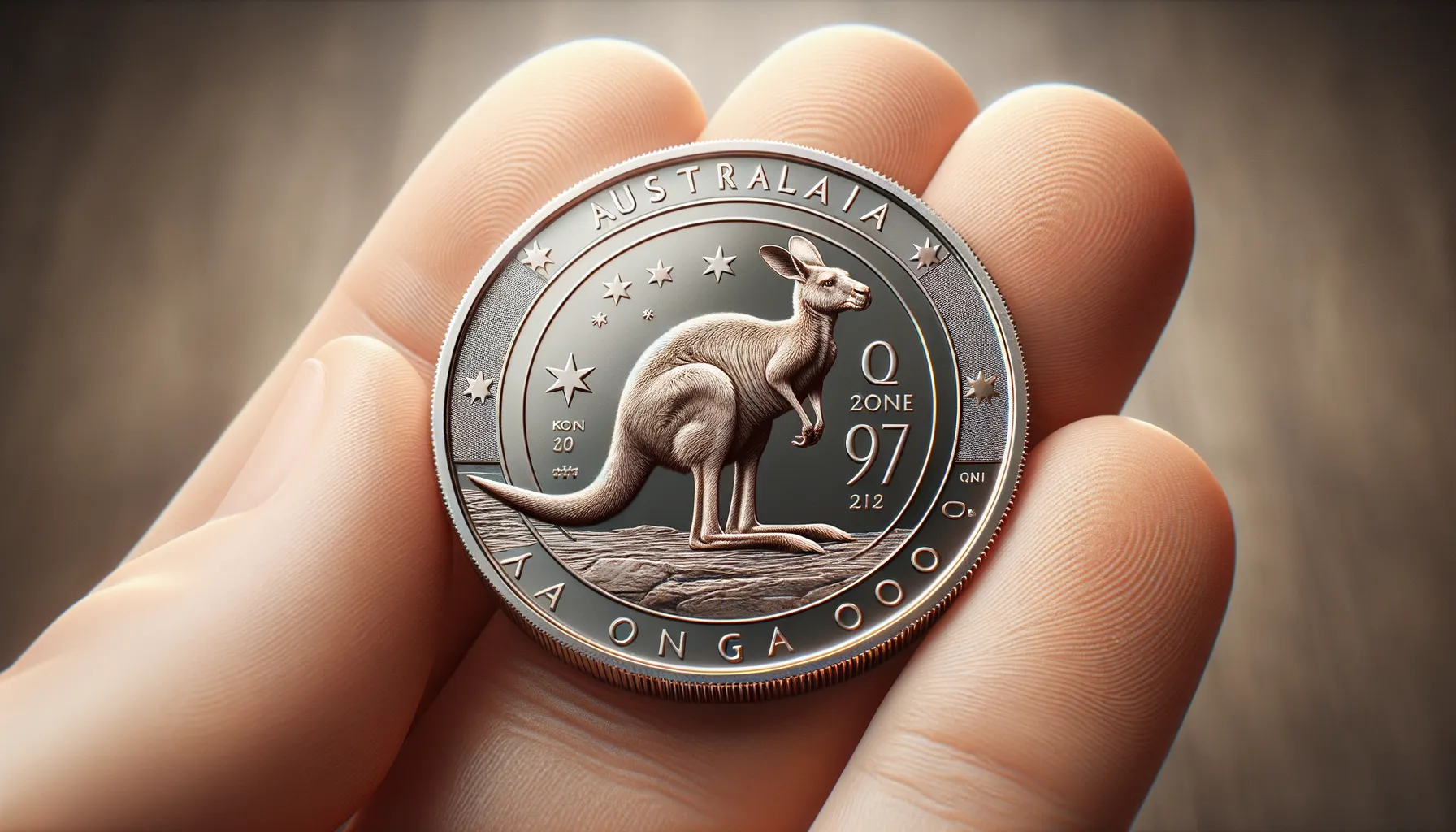Understanding Error Coins and Their Appeal
What Makes Error Coins So Fascinating?
Have you ever held a coin and wondered about its journey? Now, imagine that same coin with something wonderfully out of the ordinary—a detail out of place, a subtle mistake that slipped past stringent quality checks. That’s what makes error coins irresistibly fascinating. They’re like little rebels in the world of precision manufacturing, carrying stories of oversight, rarity, and intrigue.
What drives collectors wild isn’t just the quirks themselves but the emotions they evoke. Take a euro coin with a misaligned die, where parts of the design are skewed—a beautiful imperfection in an otherwise perfect process. It’s a tangible piece of history, whispering about the moment it diverged from the norm.
Error coins also have a knack for feeling incredibly personal. Who doesn’t love a good “diamond in the rough” story? Whether it’s a double strike or a blank planchet, these pieces resonate with anyone who cherishes the unexpected.
The Allure of Their Rarity
Rarity is the lifeblood of collecting, and error coins deliver it in spades. Consider this: how many flawed coins actually circulate undetected? Only a precious few slip into the hands of lucky collectors. The scarcity only deepens their appeal.
Some types of errors are especially sought after for their near-mythical status. For example, look out for:
Each discovery feels like uncovering treasure, offering a thrilling dash of unpredictability to any collection.
How to Identify Genuine Eurozone Error Coins
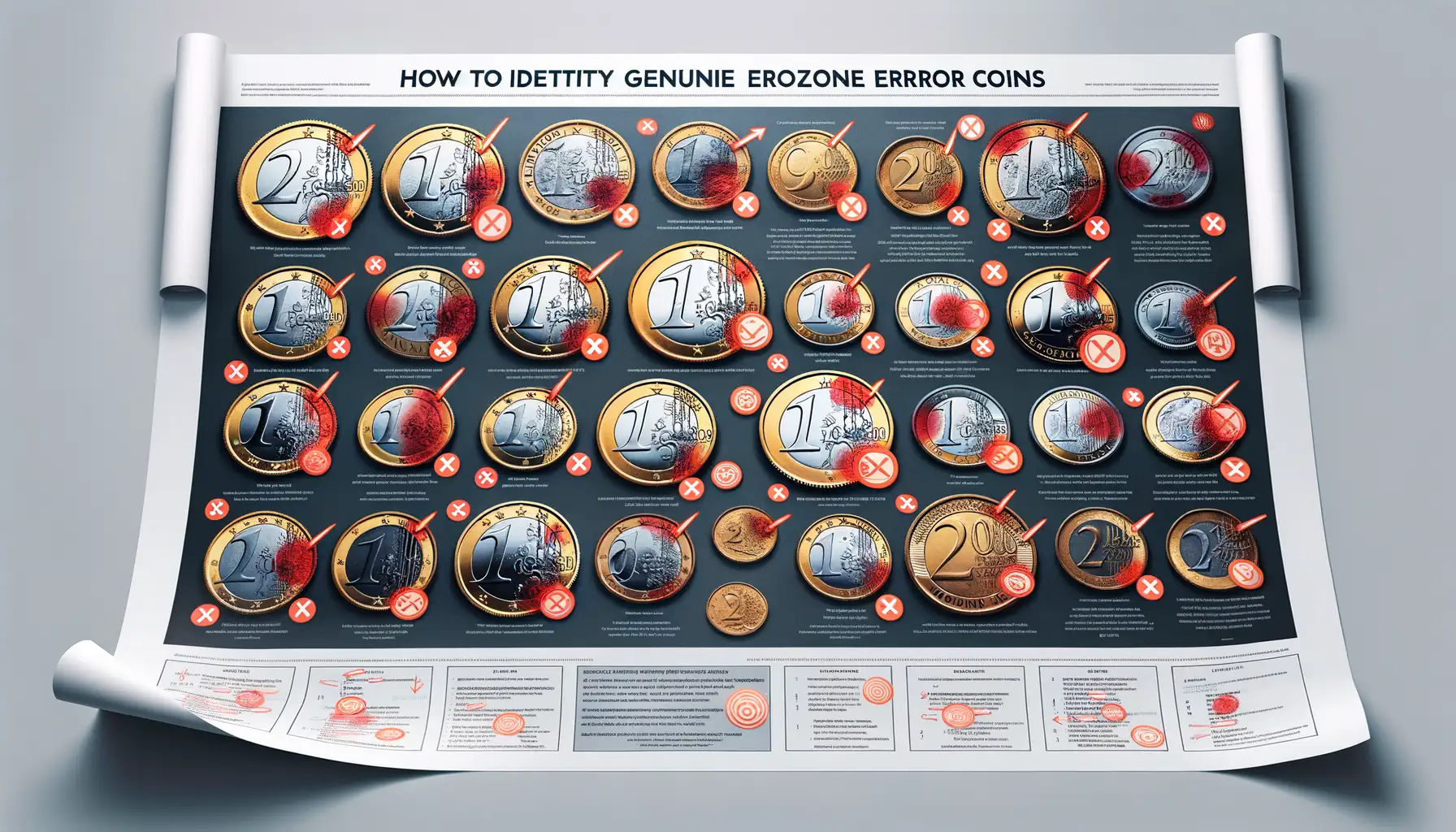
Spotting the Diamond in the Rough
Collecting error coins is like finding a four-leaf clover—rare, exciting, and utterly rewarding. But how do you know if your coin is truly an authentic Eurozone error coin or just a damaged imposter? Here’s how you can separate genuine treasures from everyday pocket change.
First, inspect your coin closely—grab a magnifying glass and become a detective. Genuine errors often cause specific, recognizable features. For example:
- Misaligned strikes: The design is shifted, making it look “off-center.”
- Double strikes: Parts of the design appear stamped twice, giving a shadowed effect.
- Die cracks: Thin lines or “veins” caused by breaks in the minting die.
The Feel and Look of Authenticity
Trust not only your eyes but your fingers too! A genuine error coin should still feel consistent with standard mint quality. Think clean edges and proper weight. Counterfeits often feel rough or oddly light.
Finally, consider consulting a trusted expert or coin dealer. Sometimes, a second opinion is worth its weight in gold…and rare euros!
Top Eurozone Error Coins to Look Out For
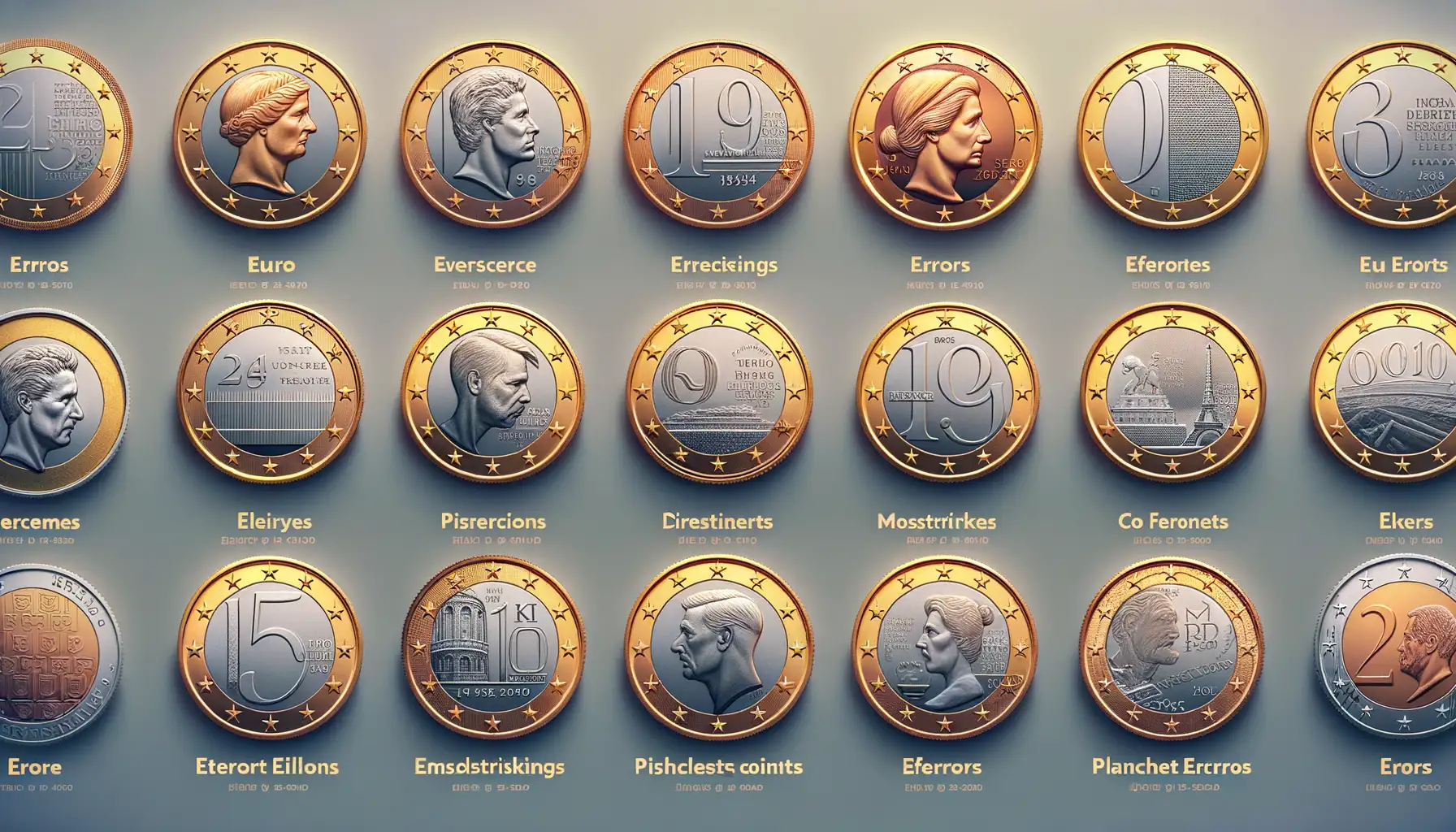
Hidden Treasures: Eurozone Error Coins You’ll Adore
Ever dreamed of stumbling upon a little treasure that sends your heart racing? That’s exactly the thrill of finding a rare Eurozone error coin. These quirky, unintentional masterpieces are immensely sought-after by collectors for their rarity and fascinating stories. Let’s dive into some standout examples you should keep an eye out for!
- Germany’s 2002 ‘Upside-Down Map’ 1-Euro Coin: On these coins, the European map is flipped upside down—a glaring error that slipped past production.
- Spain’s 2010 Cathedral Mishap: The €0.50 coin meant to depict Santiago de Compostela’s cathedral made headlines when the image included scaffolding. Yes, scaffolding!
- Italy’s 2004 ‘Double Rim’ €2 Coin: This beauty has a misaligned die strike, creating a second rim on the coin’s edge like an accidental halo.
Why Some Errors Feel Almost Magical
Some error coins tug at your emotions in unexpected ways. Take the rare 2007 Monaco €2 Grace Kelly Coin. Known for its elegance, one particular batch had skewed strikes, giving the princess an almost dreamy, ghostly outline. It feels as if history itself took a breath and left a fingerprint.
Then there’s the infamous French 20-cent Coin with Missing Stars. Imagine holding a piece of currency that feels incomplete, like a puzzle missing the final piece. It’s these imperfections that make us fall for them even harder. Keep looking—your perfect imperfection may be just around the corner!
Tips for Building a Collection of Eurozone Error Coins
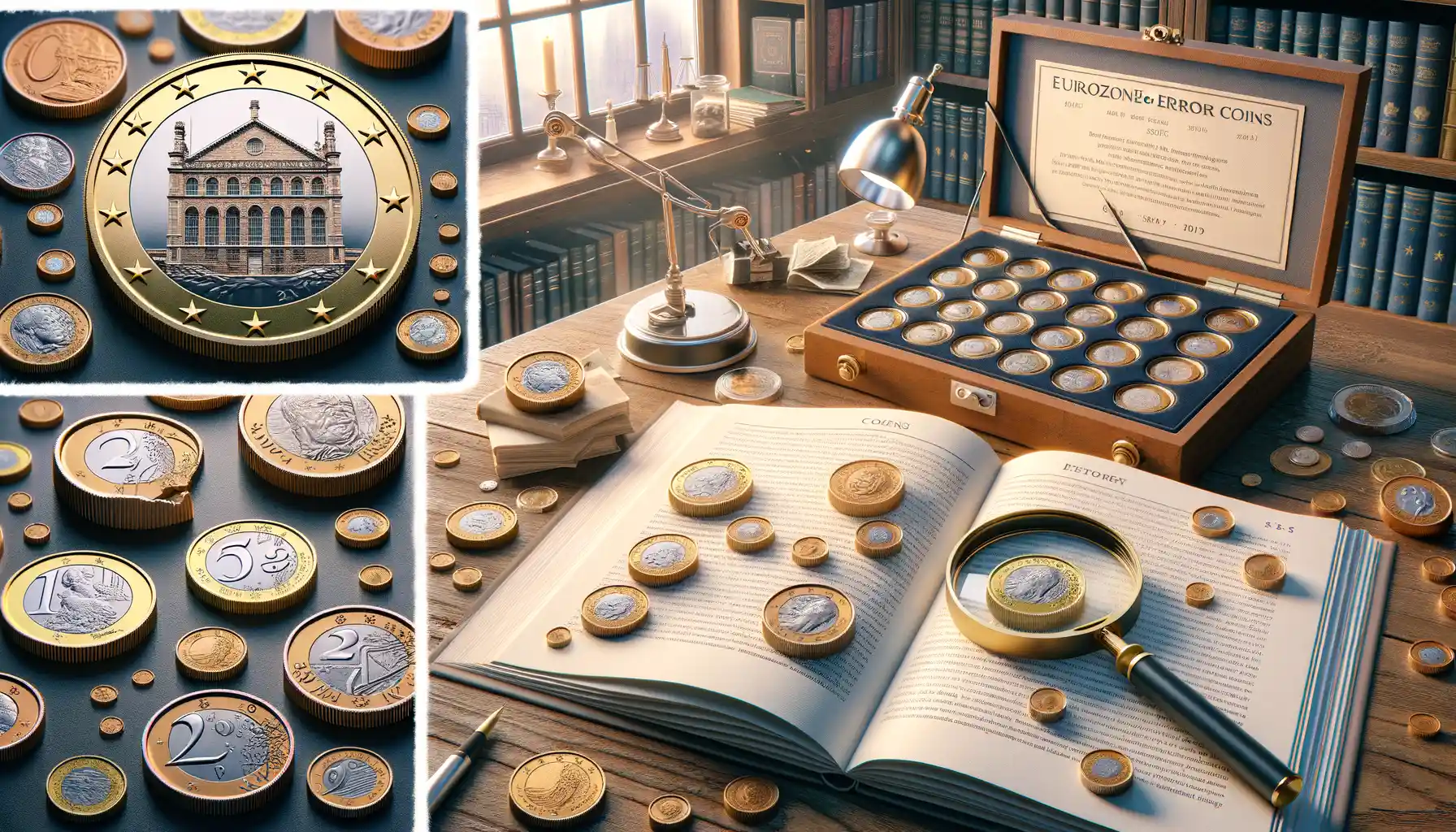
Uncover Hidden Treasures Without Feeling Overwhelmed
Building a collection of Eurozone error coins is like embarking on a treasure hunt where each find tells a story of imperfection. But where do you start? Here’s the secret: let curiosity lead the way rather than perfectionism.
First, decide your focus. Do you want to chase after dramatic minting mistakes, such as double strikes or off-center coins? Or are you drawn to those subtle misprints like rotated dies that fly under the radar? Remember, every great collection starts with a theme.
Don’t underestimate the power of connections. Reach out to fellow collectors through forums, social media groups, or local coin clubs. Veteran enthusiasts often have knowledge they’re willing to share—sometimes even leads on rare pieces.
- Set aside a dedicated coin budget. Even small monthly amounts can lead to exciting additions.
- Always bring a magnifying glass when visiting coin markets—sometimes fascinating errors are hiding in plain sight!
Keep Passion Above Perfection
Not every piece will be museum-worthy, and that’s okay! A slightly off-center Greek 2 Euro coin found in an antique shop could feel more thrilling than a textbook-perfect rarity. Embrace the quirks—after all, that’s what makes this hobby shine.
The Future of Error Coin Collecting in the Eurozone
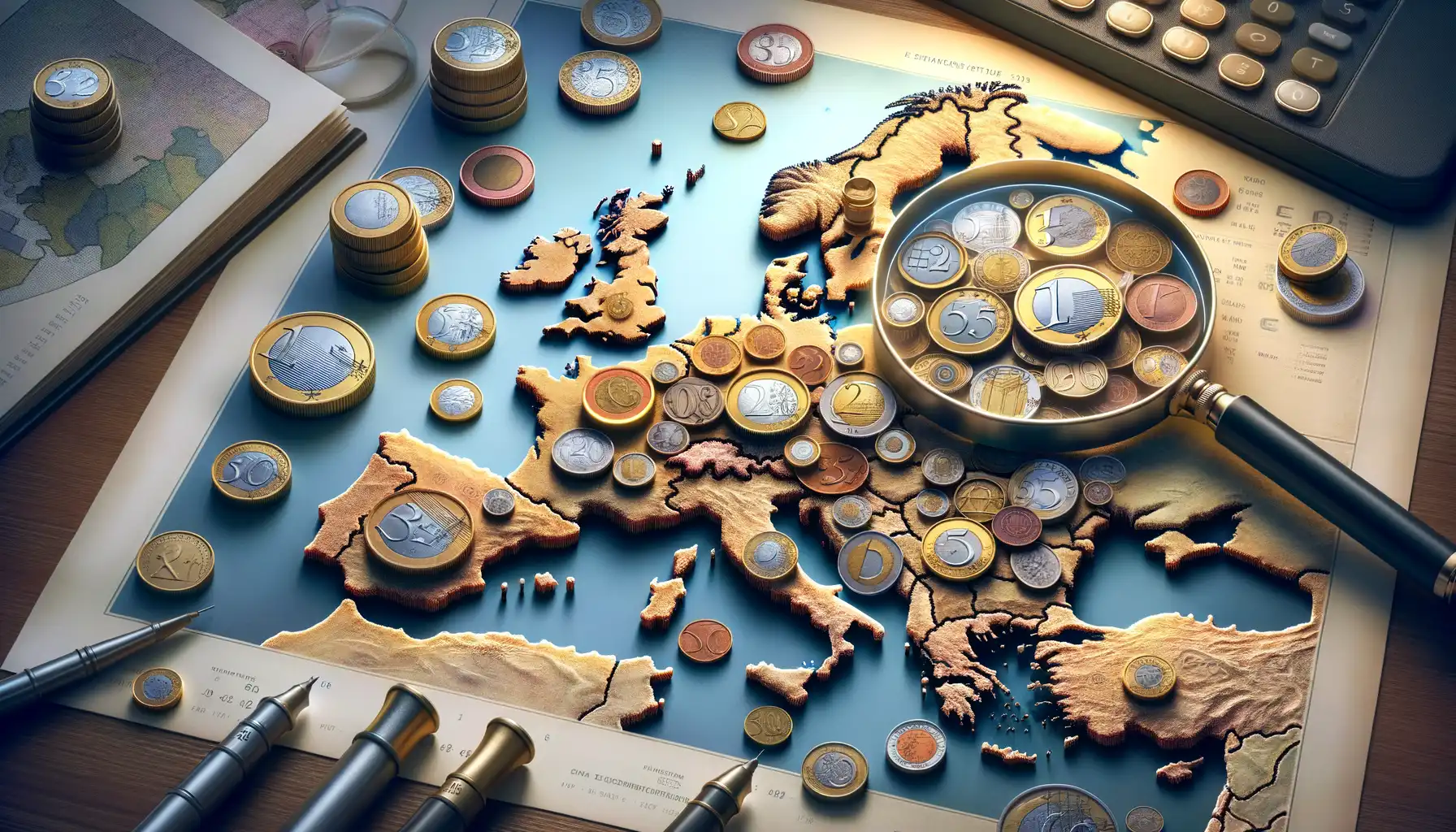
Why the Next Generation of Euro Error Coins Might Surprise You
The world of collecting error coins in the Eurozone is evolving, and fast. Imagine holding a piece of history, not just for what it represents, but for the quirks that make it unique. The future of this niche hobby is like discovering an undiscovered artist whose imperfect brushstrokes now fetch millions—only here, the canvas is metal.
With the growing popularity of the euro and an ever-globalized marketplace, collectors are moving beyond older, straightforward minting mistakes. Coins with fascinating errors such as rotated dies, misaligned designs, and off-center strikes are no longer just intriguing finds—they’re becoming investment-worthy treasures. Experts predict certain types of errors, like double-strikes on high-denomination coins, will skyrocket in value as fewer of these escape quality controls at modern mints.
- Mules: Coins accidentally struck with mismatched designs intended for different denominations.
- Ringless bimetallic coins: Errors where the outer ring is entirely missing or detached.
- Wrong planchets: Coins minted on metal blanks meant for another currency altogether!
What excites hobbyists today is also the push toward high-tech authentication. With blockchain technology and microscopic traceability tools on the horizon, even novice collectors will be able to verify authenticity with confidence. Some might say the era of guesswork in collecting is ending, but perhaps it’s just shifting focus. After all, isn’t part of the charm imagining how a seemingly ordinary coin could become tomorrow’s prized masterpiece?

